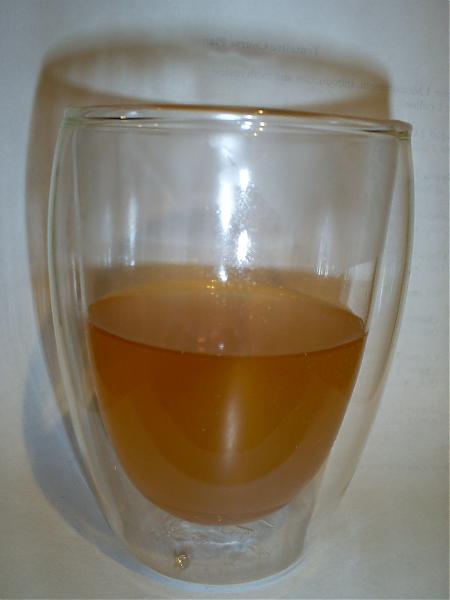TimWeber
Well-Known Member
Sorry again that this is off topic.
CodeRage I am just trying to maintain my mash temp at 154 with the element in a RIMS heat exchanger. I am pumping the liquid slowly from the mash tun, though the HEX and back to the top of the MT. I am basing my system on the Brewmagic, similar to sawdustguys build. Without insulating, how can I maintain my mash temps.
My thought, a higher density element, LD as opposed to ELD, will heat the RIMS faster allowing me to maintain my temp. It won't supply more heat, it will just supply the same amount of heat faster to the stream of moving liquid.
If a LD element will work I'll go with that.
CodeRage I am just trying to maintain my mash temp at 154 with the element in a RIMS heat exchanger. I am pumping the liquid slowly from the mash tun, though the HEX and back to the top of the MT. I am basing my system on the Brewmagic, similar to sawdustguys build. Without insulating, how can I maintain my mash temps.
My thought, a higher density element, LD as opposed to ELD, will heat the RIMS faster allowing me to maintain my temp. It won't supply more heat, it will just supply the same amount of heat faster to the stream of moving liquid.
If a LD element will work I'll go with that.






![Craft A Brew - Safale BE-256 Yeast - Fermentis - Belgian Ale Dry Yeast - For Belgian & Strong Ales - Ingredients for Home Brewing - Beer Making Supplies - [3 Pack]](https://m.media-amazon.com/images/I/51bcKEwQmWL._SL500_.jpg)




















































